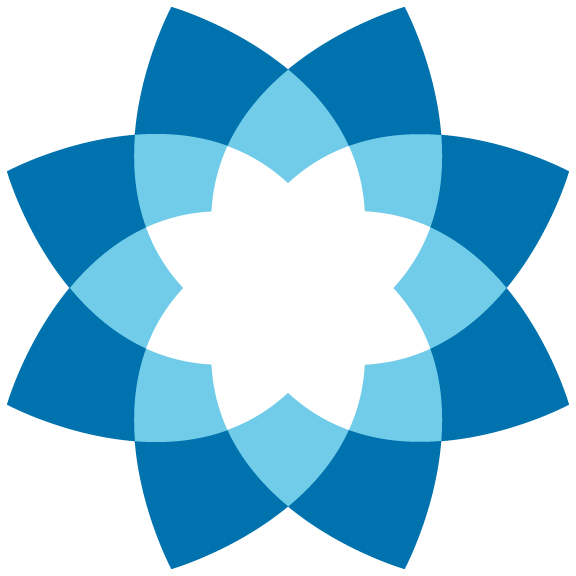Objective
The OBJECTIVE is the goal that you are aiming to achieve. This could be things like increasing job seeker headcount, creating brand awareness, or executing engaging community events.
Key Result
The
KEY RESULT is the metric that will measure progress towards your objective. This could include creating a talent pipeline with a specific community, drive more visits to the company website, and so on.
The framework of OKRs allows you to set objectives and key results in a variety of ways. OKRs should serve as a pillar of your strategy for accountability. OKRs are highly effective because you can quickly set actionable goals, easily set stretch goals, boost cross-functional collaboration, increase engagement, and connect daily work to team and company objectives.
Research has shown that only 26% of employees have a clear understanding of how their individual work contributes towards company goals. With OKRs, there is clarity on the relationship between work and their company objectives, and when you feel connected, it is likely that your motivation and progress will increase.
Goal setting is a powerful tool when done right, and when it comes time to create a framework of success for the upcoming year, ditch the conventional management by objects (MBO) and create OKRs!

